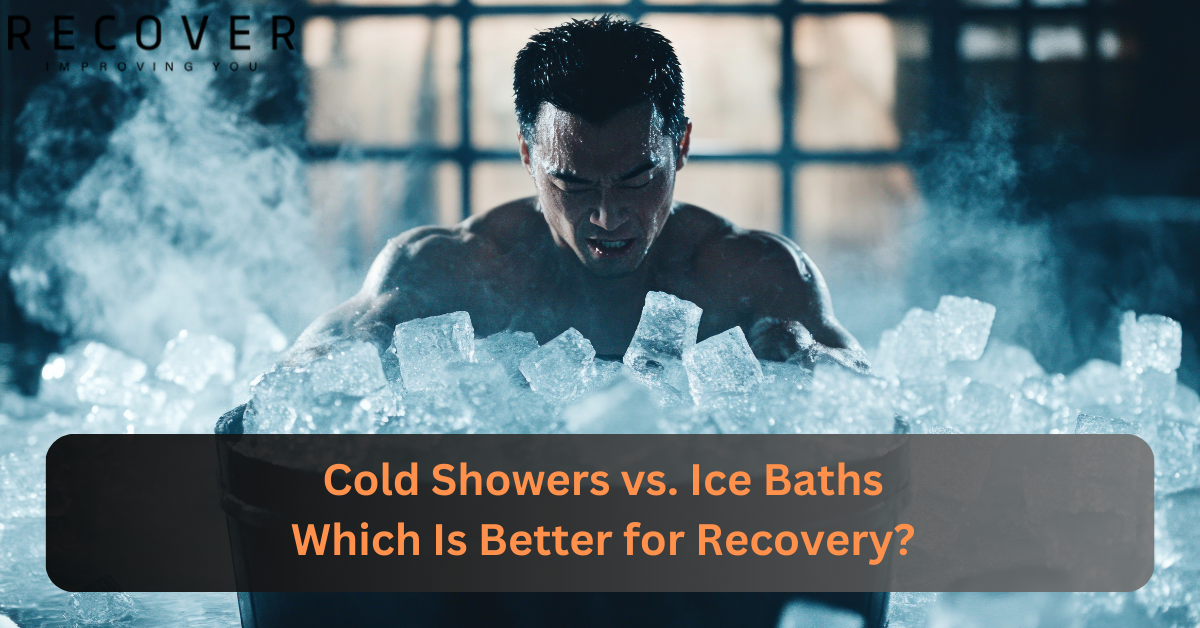
In the world of recovery methods, cold therapy stands out as one of the most effective and accessible tools available to athletes and fitness enthusiasts. But when it comes to choosing between cold showers and ice baths, opinions are divided. Both methods promise to reduce inflammation, speed up recovery, and boost overall wellbeing—but which one actually delivers better results?
This comprehensive guide cuts through the confusion to help you decide which cold therapy method is right for your recovery needs. We'll examine the science, benefits, and practical considerations of both cold showers and ice baths to help you make an informed decision about your recovery routine.
The Science of Cold Therapy: How Temperature Affects Recovery?
Understanding the Cold Recovery Mechanism
Before diving into the comparison, it's important to understand exactly how cold therapy works. When your body is exposed to cold temperatures, several key physiological responses are triggered:
-
- Vasoconstriction: Blood vessels near the skin's surface narrow, reducing blood flow to extremities and decreasing inflammation in worked muscles.
- Blood redistribution: Blood rushes to your core to protect vital organs, then returns to the extremities when you warm up, bringing fresh oxygen and nutrients while flushing out metabolic waste.
- Nervous system stimulation: Cold exposure activates your parasympathetic nervous system (rest and digest mode) while reducing sympathetic (fight or flight) activity.
- Endorphin release: Your body releases mood-enhancing hormones in response to the cold stress.
Dr. James Sullivan, sports medicine specialist, explains: "The effectiveness of cold therapy largely depends on three factors: temperature, duration, and body surface area exposed. These variables differ significantly between cold showers and ice baths."
Cold Showers: The Accessible Daily Recovery Tool
What Exactly Constitutes a "Cold Shower"?
A cold shower typically involves water temperatures between 50-60°F (10-15°C), though home shower temperatures vary widely. The defining characteristic is that it's cold enough to cause mild discomfort but not so cold that it's unbearable for several minutes.
Key Benefits of Cold Shower Recovery
Convenience and Accessibility: Perhaps the biggest advantage of cold showers is their convenience. There's no preparation needed—simply turn the temperature down at the end of your regular shower. This accessibility makes cold showers easy to incorporate into your daily routine.
"I recommend cold showers to most of my clients because they're more likely to stick with it," notes recovery coach Sarah Williams. "The best recovery method is the one you'll actually use consistently."
Improved Circulation and Immune Function: Regular cold showers have been linked to improved circulation as your body adapts to efficiently direct blood flow in response to temperature changes. A study published in the journal PLOS ONE found that participants who took regular cold showers reported 29% fewer sick days than those who took warm showers.
Mental Resilience and Mood Enhancement: Many practitioners report significant mental benefits from cold showers. The initial shock of cold water triggers the release of endorphins and norepinephrine, potentially improving mood and energy levels throughout the day.
Marathon runner Jason Chen shares: "I started taking cold showers for recovery, but the mental clarity and energy boost became just as valuable to me. It's like a natural espresso shot in the morning."
Metabolic Benefits Over Time: When practiced regularly, cold shower exposure may stimulate the production of brown fat, a metabolically active tissue that burns calories to generate heat. While not primarily a weight management tool, this added benefit makes cold showers appealing for overall health optimization.
Limitations of Cold Showers for Serious Recovery
Despite their benefits, cold showers have some limitations when it comes to deep recovery:
-
- Limited Temperature Control: Most home showers can only get so cold, typically not below 50°F (10°C). This temperature range, while uncomfortable, may not be cold enough to deliver maximum recovery benefits for serious athletes.
- Uneven Body Exposure: In a shower, water hits your body unevenly, with some areas receiving more exposure than others. This uneven distribution means that muscle groups needing recovery may not receive optimal cold exposure.
- Shorter Duration Due to Discomfort: Many people find it difficult to remain under cold running water for more than a minute or two, limiting the potential benefits that come with longer cold exposure.
Ice Baths: The Professional's Recovery Choice
Defining the Ice Bath Experience
Ice baths (also called cold water immersion) typically maintain temperatures between 45-55°F (7-13°C)—significantly colder than most cold showers. The entire lower body, and sometimes up to shoulder level, is submerged in the cold water for periods ranging from 5-15 minutes.
The Superior Recovery Benefits of Ice Baths
Complete Immersion for Uniform Cooling: Ice baths provide 360-degree cooling around the submerged body parts. This uniform cooling ensures that all muscles receive equal cold exposure, which is particularly important for large muscle groups like quadriceps and hamstrings that are often involved in demanding activities.
Professional basketball player Lisa Johnson notes: "After intense games, nothing compares to an ice bath for my legs. The complete immersion hits all the muscles that need recovery at once."
Optimal Temperature for Inflammation Reduction: The colder temperatures achieved in ice baths create a more powerful anti-inflammatory effect. Research published in the Journal of Science and Medicine in Sport found that cold water immersion at 50°F (10°C) was significantly more effective at reducing post-exercise inflammation markers than cool water at 59°F (15°C).
Longer Exposure Time for Deeper Effect: Because the body is stationary in an ice bath, athletes can typically tolerate longer exposure times (10-15 minutes is common) compared to the 1-3 minutes most people spend in cold showers. This extended exposure time allows the cold to penetrate deeper into tissues.
Superior Neural Recovery: Studies have shown that ice baths may be particularly effective for neural recovery—crucial for athletes in sports requiring precise coordination and repeated explosive movements. The Journal of Strength and Conditioning Research found that athletes performing complex movements showed better recovery measures after ice bath therapy compared to other recovery methods.
The Practical Challenges of Ice Bath Recovery
Despite their effectiveness, ice baths come with several practical challenges:
-
- Preparation Time and Resources: Setting up an ice bath requires planning, space, and resources—typically a tub, 20+ pounds of ice, and a thermometer to monitor temperature. This preparation makes daily use impractical for many people.
- Cost Considerations: While a cold shower is essentially free, regular ice baths require ongoing purchases of ice unless you invest in a specialized cold plunge tub with temperature control.
- Recovery specialist Michael Torres explains: "For my professional athlete clients, we use dedicated cold plunge systems. For recreational athletes, we often recommend a hybrid approach—ice baths after the hardest training sessions and cold showers for daily maintenance."
- Space Requirements: Not everyone has room for a dedicated ice bath setup, especially those living in smaller homes or apartments without bathtubs.
The Temperature Factor: Why It Matters for Recovery?
Cold Shower Temperatures vs. Ice Bath Temperatures
The temperature difference between cold showers and ice baths is significant both physiologically and practically:
Cold Shower Average: 50-60°F (10-15°C)
-
- Mild vasoconstriction
- Moderate comfort level
- Shorter sustainable duration
- Less dramatic temperature contrast
Ice Bath Average: 45-55°F (7-13°C)
-
- Strong vasoconstriction
- Higher discomfort level
- Longer sustainable duration (when stationary)
- More dramatic physiological response
Dr. Emma Wright, physiologist, explains: "Temperature is perhaps the most critical variable in cold therapy. The body responds differently to different cold intensities, with more profound anti-inflammatory effects occurring at lower temperatures."
Finding Your Optimal Cold Therapy Temperature
Your ideal temperature depends on several factors:
-
- Training intensity and type
- Body composition (more muscle mass and body fat can handle colder temperatures)
- Cold adaptation level
- Recovery goals
A good starting point:
-
- Beginners: 60°F (15°C)
- Intermediate: 55°F (13°C)
- Advanced: 50°F (10°C) or below
Who Benefits Most from Each Recovery Method?
Cold Showers: Ideal For...
-
- Daily Maintenance Recovery: For everyday training sessions of moderate intensity, cold showers provide sufficient recovery stimulus without the preparation time of ice baths.
- Mental Performance Focus: Those primarily seeking the mood and focus benefits of cold exposure often find cold showers perfectly adequate.
- Beginners to Cold Therapy: Cold showers offer an accessible entry point to cold therapy, allowing the body to gradually adapt to cold exposure.
- Travel and Convenience: Athletes who travel frequently may find cold showers more practical as they're available in any hotel or accommodation.
Ice Baths: Superior For...
-
- Post-Competition Recovery: After intense competitions or exceptionally demanding training sessions, ice baths provide more powerful anti-inflammatory effects.
- Multiple Training Sessions Per Day: Athletes training twice daily benefit from the deeper recovery that ice baths provide between sessions.
- Lower Body-Focused Sports: Runners, cyclists, and team sport athletes who place heavy demands on their legs see particular benefits from the complete immersion ice baths provide.
- Injury Prevention Protocols: Those prone to overuse injuries or with high training volumes may benefit from the more intensive recovery ice baths provide.
A Hybrid Approach: Combining Both Methods for Optimal Recovery
Creating a Strategic Cold Therapy Schedule
Many high-performing athletes use both methods in a strategic combination:
Sample Weekly Cold Therapy Plan:
-
- Monday: Hard training day → 10-minute ice bath
- Tuesday: Light recovery day → 3-minute cold shower
- Wednesday: Moderate training → 3-minute cold shower
- Thursday: Hard training day → 10-minute ice bath
- Friday: Light technical day → 3-minute cold shower
- Saturday: Competition/long session → 12-minute ice bath
- Sunday: Complete rest or active recovery → Optional cold shower
Olympic triathlete Mark Rodriguez shares his approach: "I use ice baths twice weekly after my hardest sessions and cold showers daily. The showers maintain the benefits between the deeper ice bath sessions, creating a perfect balance of recovery and convenience."
Contrast Therapy: The Advanced Recovery Method
Some recovery specialists recommend contrast therapy—alternating between cold and heat. This approach typically involves:
-
- 1-3 minutes in a hot shower or sauna (100-110°F/38-43°C)
- 1-3 minutes in a cold shower or ice bath
- Repeat for 3-5 cycles, always ending with cold
This method may enhance the "pumping" effect on circulation, potentially accelerating waste removal from tissues.
Practical Implementation: Making Cold Therapy Work for You
Cold Shower Best Practices
To maximize cold shower benefits:
-
- Gradually reduce temperature rather than shocking your system
- Focus water on major muscle groups used during exercise
- Start with 30 seconds and build to 3+ minutes over time
- Practice deep, controlled breathing throughout
- Consider ending regular showers with a cold "finisher"
Ice Bath Safety and Effectiveness
For optimal ice bath results:
-
- Monitor water temperature with a thermometer
- Start with 5-7 minutes at 55°F (13°C) before progressing to colder and longer
- Keep upper chest and hands above water if possible
- Never exceed 15 minutes regardless of comfort
- Have warm clothing ready for after
- Consider adding Epsom salts (magnesium sulfate) for additional recovery benefits
Recovery Technology: The Evolving Cold Therapy Landscape
Modern Cold Therapy Innovations
The recovery industry has evolved significantly, with several new options bridging the gap between cold showers and traditional ice baths:
-
- Dedicated Cold Plunge Tubs: Pre-made cold plunge tubs with temperature control eliminate the need for ice while providing consistent temperatures. These units represent a significant investment but offer convenience and precision.
- Portable Cold Therapy Systems: Compact systems circulate ice water through pads that can be wrapped around specific body parts, offering targeted cooling without full immersion.
- Cryotherapy Chambers: Though not directly comparable to water-based cold therapy, cryotherapy chambers expose the body to extremely cold air (-200°F/-130°C) for 2-3 minutes, offering an alternative for those who dislike water immersion.
Conclusion: Making Your Cold Recovery Choice
When deciding between cold showers and ice baths, there's no universal "best" option—the right choice depends on your specific situation, goals, and resources.
For consistent daily recovery with minimal hassle, cold showers offer an accessible, sustainable practice that delivers real benefits. For maximum recovery after intense sessions, particularly for lower body training, ice baths provide superior results through their colder temperatures and complete immersion.
The most effective approach for serious athletes may be combining both methods: ice baths after your most demanding sessions and cold showers for daily maintenance. This strategy balances convenience with effectiveness for optimal recovery.
Whichever method you choose, consistency is key. The physiological adaptations to cold exposure develop over time, and the recovery benefits accumulate with regular practice. Start gradually, listen to your body, and adjust based on your results and recovery needs.
Remember that cold therapy is just one component of an effective recovery strategy. Proper nutrition, adequate sleep, and appropriate training loads remain the foundation of athletic recovery. Cold therapy—whether through showers or baths—simply helps optimize this foundation for better performance and longevity in your athletic pursuits.
Always consult with a healthcare provider before beginning any new recovery protocol, especially if you have underlying health conditions.




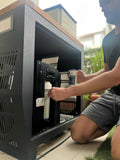
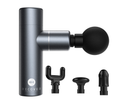





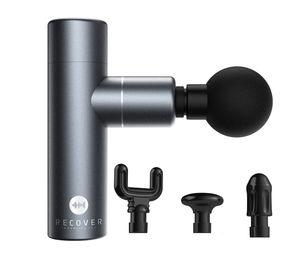
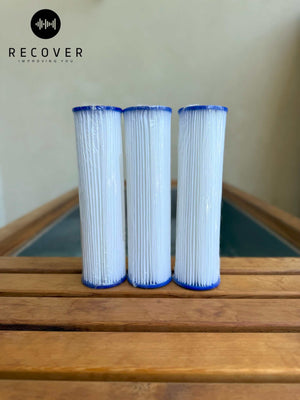

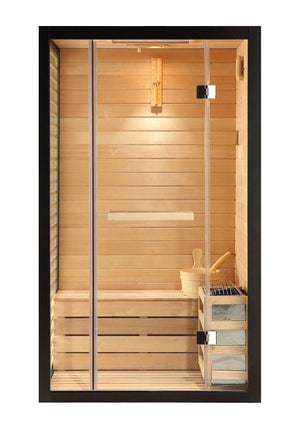

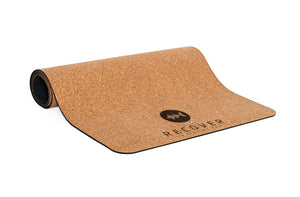

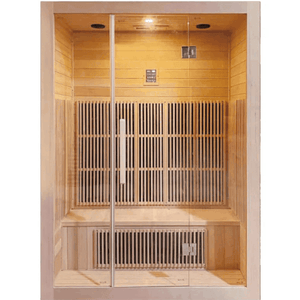
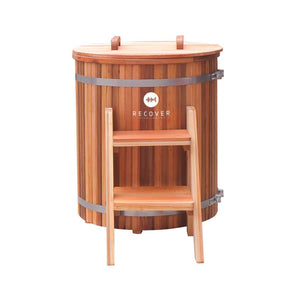
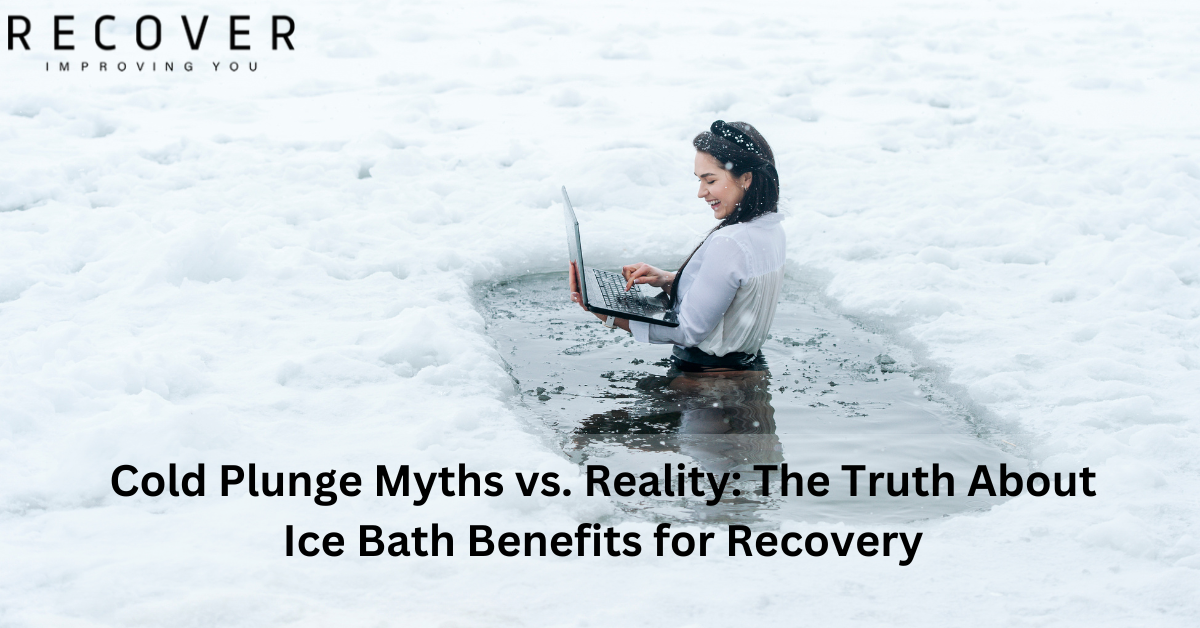

Leave a comment
This site is protected by hCaptcha and the hCaptcha Privacy Policy and Terms of Service apply.